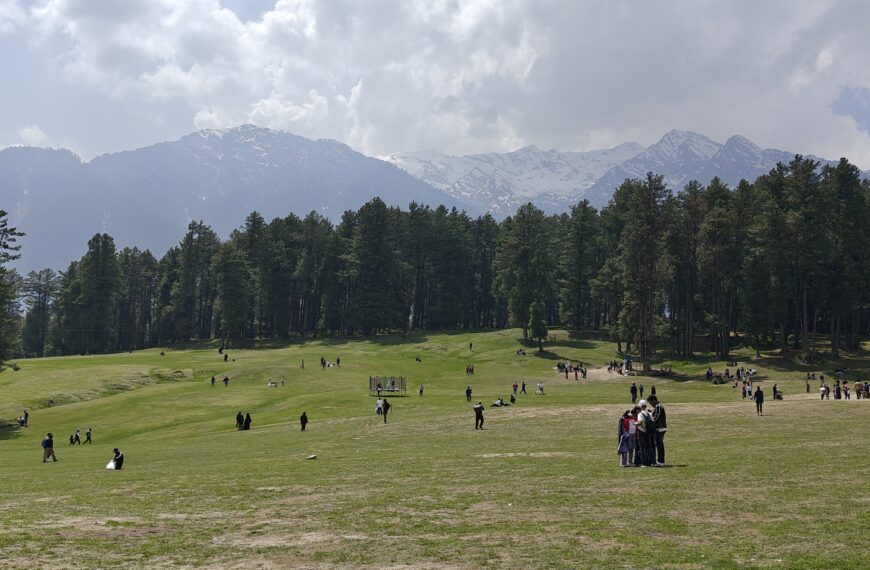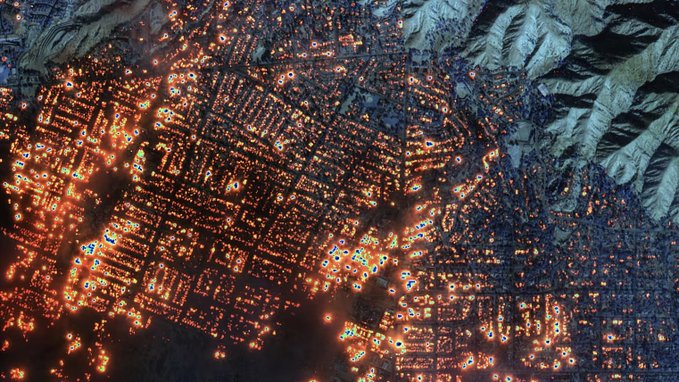Image source: X/ISRO
India’s Chandrayaan missions have once again made history by uncovering hidden wonders of the cold lunar world. Through Chandrayaan-2’s orbital studies and Chandrayaan-3’s successful lunar landing, ISRO has provided critical insights into the Moon’s plasma environment and its vast ice reserves. These revelations are not only reshaping our understanding of lunar science but also paving the way for future human colonization of the Moon.
With Chandrayaan-4 already in the works, India’s space agency ISRO continues to push boundaries, solidifying its position as a global leader in space exploration.
Chandrayaan-2: The Discovery of High-Density Plasma on the Moon
While the Chandrayaan-2 orbiter was primarily launched to study the Moon’s surface, its recent findings regarding lunar plasma dynamics have surprised scientists worldwide.
Key Discoveries from Chandrayaan-2’s Orbiter:
✔ Unexpectedly High Plasma Density: Instead of observing lower plasma densities as expected when the Moon passes through Earth’s geomagnetic tail, researchers found electron densities reaching 23,000 electrons per cubic centimeter—nearly 100 times higher than anticipated.
✔ Role of Lunar Magnetic Fields: The data suggests that the Moon’s remnant magnetic fields play a crucial role in trapping plasma, preventing its escape into space. This leads to localized enhancements in plasma density, altering the Moon’s near-surface environment.
Why This Matters:
🔹 Impacts on Future Lunar Missions: High plasma densities could affect radio communications and surface operations on the Moon, a key factor to consider for upcoming human and robotic missions.
🔹 Potential New Understanding of Lunar Atmosphere: The findings challenge previous assumptions about the Moon’s interaction with space weather, shedding light on how its ionosphere behaves differently from Earth’s.
Chandrayaan-3: Confirming the Presence of Lunar Water Ice
On August 23, 2023, India achieved a historic milestone when Chandrayaan-3’s Vikram lander successfully touched down near the Moon’s South Pole. The mission’s primary objective was to study lunar soil composition, thermal properties, and water ice deposits—and it exceeded expectations.
Key Discoveries from Chandrayaan-3:
✔ Confirmation of Lunar Ice Deposits: The data from Chandrayaan-3 suggests that water ice is more abundant and accessible than previously estimated, particularly in the permanently shadowed regions (PSRs) at the Moon’s poles.
✔ Extreme Temperature Variations: The ChaSTE probe measured temperatures fluctuating between 82°C in daylight and -170°C at night, reinforcing the idea that temperature differences play a significant role in ice accumulation.
✔ Ideal Locations for Ice Formation: Scientists developed a model indicating that lunar slopes greater than 14 degrees, facing away from the Sun, could sustain stable ice reserves beneath the surface.
Why This Matters:
🔹 Crucial for Future Lunar Habitats: Lunar water ice can be used for drinking water, oxygen production, and rocket fuel, making it a key resource for sustainable Moon bases.
🔹 Boosting India’s Lunar Missions: These findings provide critical data for Chandrayaan-4, which is expected to focus on resource utilization and further lunar exploration.
Chandrayaan-4: The Future of India’s Lunar Exploration
With Chandrayaan-2 and Chandrayaan-3 delivering groundbreaking results, ISRO is now preparing for Chandrayaan-4, expected to be India’s most ambitious Moon mission yet.
What to Expect from Chandrayaan-4:
✔ Advanced Rovers and Landers: Equipped with improved sensors and AI-driven technology, Chandrayaan-4’s lander and rover will map lunar ice deposits in greater detail.
✔ Potential for In-Situ Resource Utilization (ISRU): Scientists aim to test technologies that can extract and store lunar water ice, a crucial step for future Moon colonies.
✔ Deeper Lunar Research: Chandrayaan-4 will investigate lunar magnetic fields, plasma interactions, and volatile substances present in the Moon’s soil.
Why This Mission is Crucial:
🚀 Supporting India’s Human Spaceflight Goals: Chandrayaan-4 will lay the groundwork for India’s future crewed Moon missions, aligning with ISRO’s Gaganyaan project and beyond.
🌍 Strengthening India’s Role in Global Space Exploration: With each successful mission, India cements itself as a key player in space exploration, capable of leading international lunar research efforts.
Conclusion: ISRO’s Chandrayaan Missions are Reshaping Lunar Science
India’s Chandrayaan-2 and Chandrayaan-3 missions have revolutionized our understanding of lunar plasma dynamics and ice reserves, setting the stage for even bolder explorations. These discoveries not only enhance scientific knowledge but also bring human lunar settlements one step closer to reality.
As ISRO moves ahead with Chandrayaan-4, the world eagerly watches—because India is leading the charge in unlocking the Moon’s mysteries.
📢 What do you think about India’s Chandrayaan missions? Do you believe we’ll see human settlements on the Moon in our lifetime? Share your thoughts in the comments!















